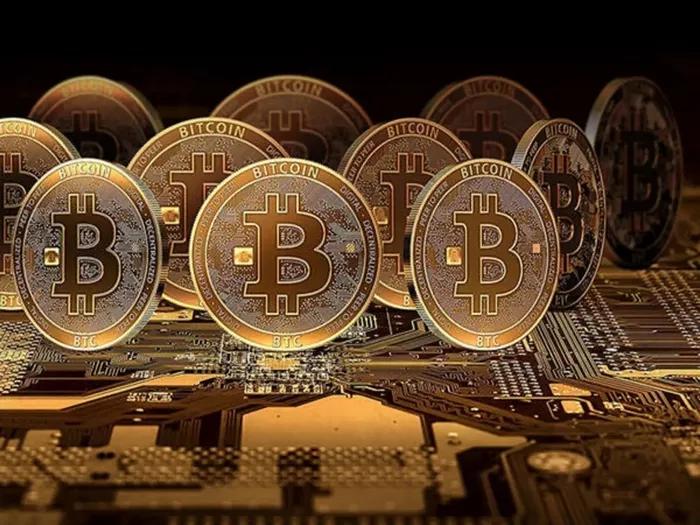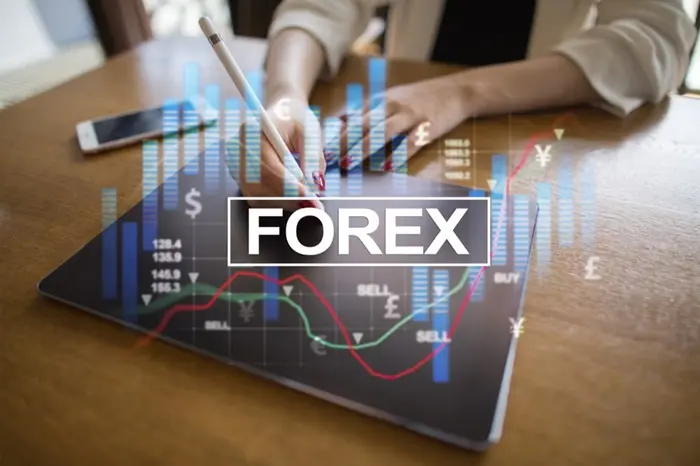Wall Street stock futures rose in Asia on Monday after the White House exempted smartphones and computers from “reciprocal” U.S. tariffs, but gains were limited by President Donald Trump’s warning that tariffs could still be imposed at some point.
On the surface, the exemption of 20 products, representing 23% of U.S. imports from China, was a clear boon for manufacturers. However, the policy has been erratic, confusing investors and leaving analysts pessimistic about the long-term outlook.
“The post-liberation rollback has given some relief. But not us,” said Bruce Kasman, head of economics at JPMorgan.
“A 10% universal tax is still very shocking, and a massive 145% tax on China is prohibitive,” he added. “You can’t stop trade between the world’s two largest economies or it will hurt everywhere. We still see a 60% chance of a U.S./global recession.”
S&P 500 futures gave up gains after an initial rise to end up 0.8%, while Nasdaq futures rose 1.25%. The S&P 500 gained 5.7% last week, but remains more than 5% below where it was before the reciprocal tariffs were first announced in early April.
Markets will also face more earnings pressure this week, with big banks including Goldman Sachs, Bank of America and Citigroup reporting. Data from chipmaker TSMC will be a bright spot given Trump’s plans to investigate the entire global semiconductor supply chain.
Data this week includes U.S. retail sales and Chinese gross domestic product, while Federal Reserve Chairman Jerome Powell will speak on the economic outlook on Wednesday, when he will almost certainly be asked about the prospect of rate cuts and recent pressures in the Treasury market.
There were few signs of a recovery in the bond market early Monday, with the 10-year yield at 4.49%, the biggest weekly gain in borrowing costs in decades.
Not so safe
MSCI’s Asia Pacific ex-Japan index rose 0.6%, having fallen more than 4% last week. Japan’s Nikkei rose 2.0% after days of wild swings on the tariff news.
Japanese officials are preparing for trade talks with the U.S. that could touch on monetary policy, and some privately expect Washington to call on Tokyo to support the yen.
With the dollar already battered by fears that Trump’s erratic trade policy will shake investor confidence in U.S. assets, they may not need to try too hard.
“The key issue is the collateral damage from extreme uncertainty about the policy and economic outlook, continued dislocation in Treasury markets, and ultimately erosion of confidence in U.S. institutions and asset markets,” said Jonas Golterman, deputy chief market economist at Capital Economics.
“Even if the inertia and network effects that have kept the dollar on top for decades aren’t going away anytime soon, it’s no longer a stretch to say that the dollar’s reserve status and broader dominance are at least somewhat in question.”
The dollar was slightly firmer at 143.72 yen, having hit a six-month low of 142.05 last week. The dollar was steady at 0.8176 Swiss franc, having fallen more than 5% last week to its lowest level in a decade.
The euro held at $1.1334, just shy of a three-year high of $1.1474. The European Central Bank meets on Thursday and is expected to cut interest rates by 25 basis points to 2.25%.
The Bank of Canada also meets this week and markets give it about a one-in-three chance of cutting its 2.75% rate.
In commodity markets, global uncertainty provided a windfall for gold, which surged to an all-time high of $3,245.28 an ounce last week. On Monday, the metal was trading at $3,218 an ounce. [GOL/]
Oil prices had a tougher time, boosted by concerns about a global economic slowdown and increased production from the Organization of the Petroleum Exporting Countries (OPEC), though the risk of an end to Iranian exports provided some support. [O/R]
Brent crude fell 9 cents to $64.67 a barrel, while U.S. crude fell 7 cents to $61.44 a barrel.

































